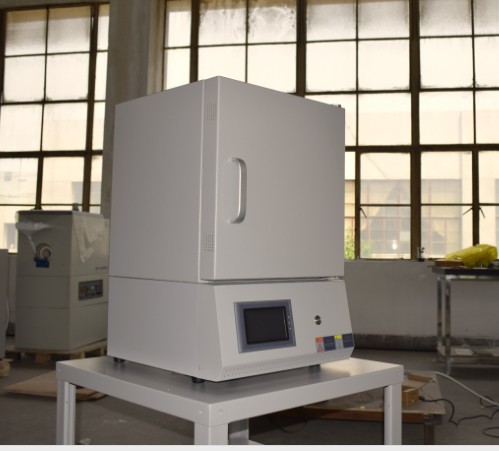-
-
Vacuum Furnace
-
Tube Furnace
-
Box Furnace
-
Customize Furnace
-
Accessory For Heating Treatment Equipment
Heat treatment equipment
-
-
Equipment for Ultra Hard Tools
PCD and PCBN for Ultra Hard Tools
Solution for Ultra Hard Tools





















